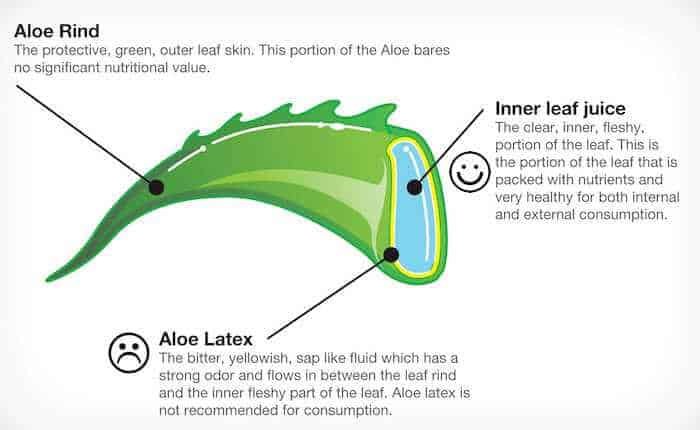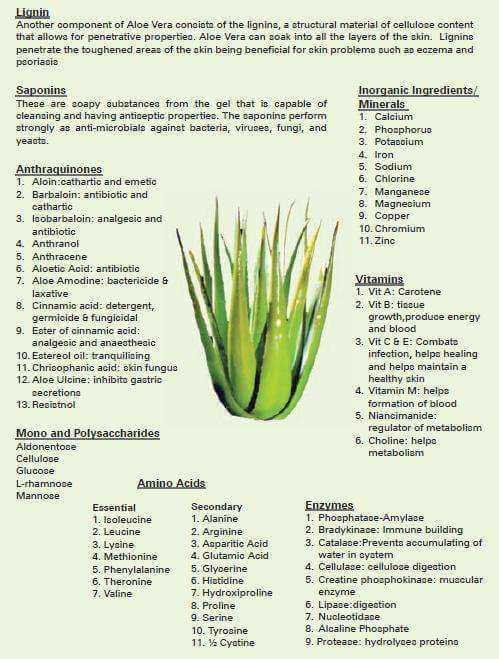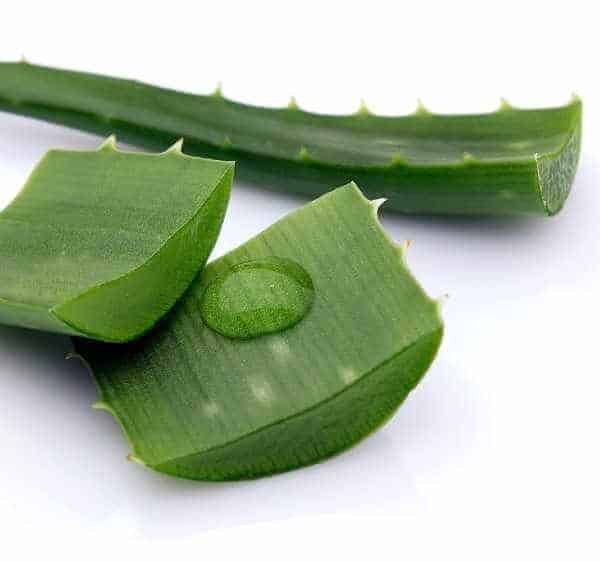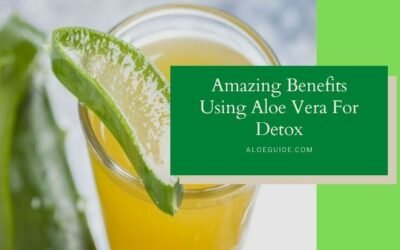Although many know the aloe vera is good, and they started to plant aloe vera in their backyard. Once it is grown, They will just cut it, cook it, Apply it on your skin, or blend it to juice and drink it.
It is important to know the properties of aloe vera rather than just knowing that “Aloe Is good” only.
As if you process without the knowledge and use it. It will not benefit your body but it will damage your body, health, and create a lot of side effects.
This is why I wrote this article so that aloe vera lovers know more about aloe vera rather than just ” ALOE IS GOOD“.
In this article, I will explain the properties of aloe vera that you must know and how can you benefit from it. So that you will not just blindly use aloe vera topically and orally.
Let’s Move on
History Of Aloe Vera Overview
Aloe Vera has been widely used for 4000 years aloe all over the world. From the aloe medical group international, We can see them from Queen of Egypt to Alexander the great and many more has been using this for beauty, healing, health, and immortality.
This makes the scientist curious about why this aloe Vera such amazing and starts doing research on this magical plant.
International Aloe Science Council is one of the non-profit organizations for the aloe vera industry. This organization set up in the 1980s to research the science of the aloe vera plant. At the same time, it also promoting its use in dietary supplements, skincare products, beverages, and a wide variety of other products
I will not go in deep about the history of aloe vera but If you like to know more about the history, I will recommend you to read the full history of aloe vera.
Properties Of Aloe Vera and Its Structures
There are more than 200 ++ over species aloe vera worldwide, but not all aloe vera can be used topically and orally. As IASC (International Aloe Science Council) recommendation, Aloe Barbadensis miller is amongst the best of all other aloe vera species worldwide.
Furthermore, You must know the structure and components of this miracle plant, because not all component is a benefit to us.
Some components of aloe vera will produce toxic that will harm our body. It might cause you allergies if you apply it topically. And it will create diarrhea if you drink it.
Let’s Look photo below:-

1) Aloe Rind
The First layer of aloe vera is the green rind itself, which is the protective layer, thick and hard outer leaf skin. This layer is lance-shaped It protects the nutrients on the inner layer of the leaf.
Basically, the leaves do not contain any nutrients value. But you can use it as fertilizer on your plant, and it’s eco-friendly.
2) Aloe Latex
The second layer is the Latex and the chemical name called “Aloin“. This layer is the latex, which is a yellowish sap or juice in the layer below the outer skin. This is the part we need to be careful as this is the toxic part of aloe vera.
Aloin is a natural chemical found in the skin of the Aloe Vera plant that has laxative effects when consumed by humans.
If you did not remove the Aloin during the cutting of the aloe vera. Aloin will infiltrate into aloe vera gel in the middle part, where the most nutrient-rich of the plant. And if you consume it you might experience:-
- Overstimulation of the bowels
- Dehydration
- Severe diarrhea
- Abdominal cramps
- Dramatic weight loss
- Electrolyte imbalance
This has been stated in the FDA ruling in May 2002 that aloin laxatives are no longer ‘generally recognized as safe’ and effective. Thus, I don’t really recommend you process it at home without any experience as it might harm you.

3) Aloe Vera Gel
The most nutrient-rich part of aloe vera is the gel in the middle of the leaf which is called “aloe vera gel”.
Aloe Vera Gel has more than 200++ nutrients such as vitamins, amino acids, Mineral, Sugar and etc.
All these nutrients have great benefits in and out for our body.
Which is why aloe vera gel has been used widely use all area such as skincare, cosmetic, supplements, pharmaceutical and etc.
Because of its variety of capabilities that help in many areas such as burns, sunburns. skin, and even to animals.
There are tons of benefits of using aloe vera from inside to outside for humans. If you know more about it, it is very beneficial for you and your family in your daily life.
Discover more about the benefits of aloe vera and how we can use it in our daily life.
I hope by now you should know which part of aloe vera is beneficial to you. And what you should avoid.
List of Aloe Vera Nutrition (You Should Know)
Now, To understand more about the rich nutrition value aloe vera gel benefits to us.
Let me break down aloe gel nutrition as follow:-
Active components with its properties: Aloe vera contains 75 potentially active constituents: vitamins, enzymes, minerals, sugars, lignin, saponins, salicylic acids and amino acids
| Vitamins | It contains vitamins A (beta-carotene), C and E, which are antioxidants. It also contains vitamin B12, folic acid, and choline. Antioxidant neutralizes free radicals. |
| Anthraquinones | It provides 12 anthraquinones, which are phenolic compounds traditionally known as laxatives. Aloin and emodin act as analgesics, antibacterials and antivirals. |
| Minerals | It provides calcium, chromium, copper, selenium, magnesium, manganese, potassium, sodium and zinc. They are essential for the proper functioning of various enzyme systems in different metabolic pathways and few are antioxidants. |
| Saponins | Saponins that are the soapy substances form about 3% of the gel and have cleansing and antiseptic properties. |
| Amino Acids | It provides 20 of the 22 human required amino acids and 7 of the 8 essential amino acids. It also contains salicylic acid tLihat possesses anti-inflammatory and antibacterial properties. |
| Lignin | Lignin, an inert substance, when included in topical preparations, enhances penetrative effect of the other ingredients into the skin. |
| Enzymes | It contains 8 enzymes: aliiase, alkaline phosphatase, amylase, bradykinase, carboxypeptidase, catalase, cellulase, lipase, and peroxidase. Bradykinase helps to reduce excessive inflammation when applied to the skin topically, while others help in the breakdown of sugars and fats. |
| Mono and Polysaachrides | It provides monosaccharides (glucose and fructose) and polysaccharides: (glucomannans/polymannose). These are derived from the mucilage layer of the plant and are known as mucopolysaccharides. The most prominent monosaccharide is mannose-6-phosphate, and the most common polysaccharides are called glucomannans. Acemannan, a prominent glucomannan has also been found. Recently, a glycoprotein with antiallergic properties, called alprogen and novel anti-inflammatory compound, C-glucosyl chromone, has been isolated from Aloe vera gel. |
Reference from NCBI
Benefits Of Aloe Vera
It is undeniable that this medicinal plant has amazing healing features. Besides, it is also full of nutrients that help many people around the world.
Some nutritionists and doctors even use it as an alternative way to treat diseases. With these amazing component, Aloe vera uses in many areas such as :
- For Skin
- For Constipation
- For Weight Loss
- For Face
- For Digestion
- For Sunburn
- For Eczema
- Health Care
- and more…
Bottom Line
Aloe Vera is known as a miracle plant and a gift to humankind. It is also considered a superfood due to its extensive nutrients. But if you use it without knowledge, it can harm you too.
This is why this “properties of Aloe vera” is to share about aloe before you start using it in and outside for your body.

Aloe does benefits to our body for health care purposes and treatments. And it does have amazing results.
But I do not recommend you do it yourself without any knowledge.
To be safe, get aloe vera products from a reputable company rather you do it yourself.
If you need a reputable manufacturer that produces the first-grade aloe vera, you can check our best aloe vera gel here.
Have tried or start using aloe vera before?
Leave your comments and questions about “Properties of Aloe Vera” in the comment section. And we promise to answer your questions quickly.
And don’t forget to share the article, because sharing is caring
Other Article that you may interested:

![3 Important Properties Of Aloe Vera (What You Should Know Before Start Using!) 1 The Complete Guide to Bee Pollen [Buzzworthy Benefits]](https://aloeguide.com/wp-content/uploads/2023/02/Health-Benefits-Of-Bee-Pollen-400x250.jpg)

![3 Important Properties Of Aloe Vera (What You Should Know Before Start Using!) 3 Aloe Vera For Constipation [Does it Really Works?]](https://aloeguide.com/wp-content/uploads/2020/10/Can-Aloe-Vera-Help-Constipation-Problem-400x250.jpg)
![3 Important Properties Of Aloe Vera (What You Should Know Before Start Using!) 4 Bee Propolis [Benefits & Uses You Need to Know!]](https://aloeguide.com/wp-content/uploads/2021/06/Bee-Propolis-400x250.jpg)
![3 Important Properties Of Aloe Vera (What You Should Know Before Start Using!) 5 Aloe Vera For Thyroid [Does it Really Works?]](https://aloeguide.com/wp-content/uploads/2021/05/Aloe-Vera-For-Thyroid-400x250.jpg)
![3 Important Properties Of Aloe Vera (What You Should Know Before Start Using!) 6 Aloe Vera For GERD [Benefits & Uses]](https://aloeguide.com/wp-content/uploads/2021/04/Aloe-Vera-For-GERD-400x250.jpg)